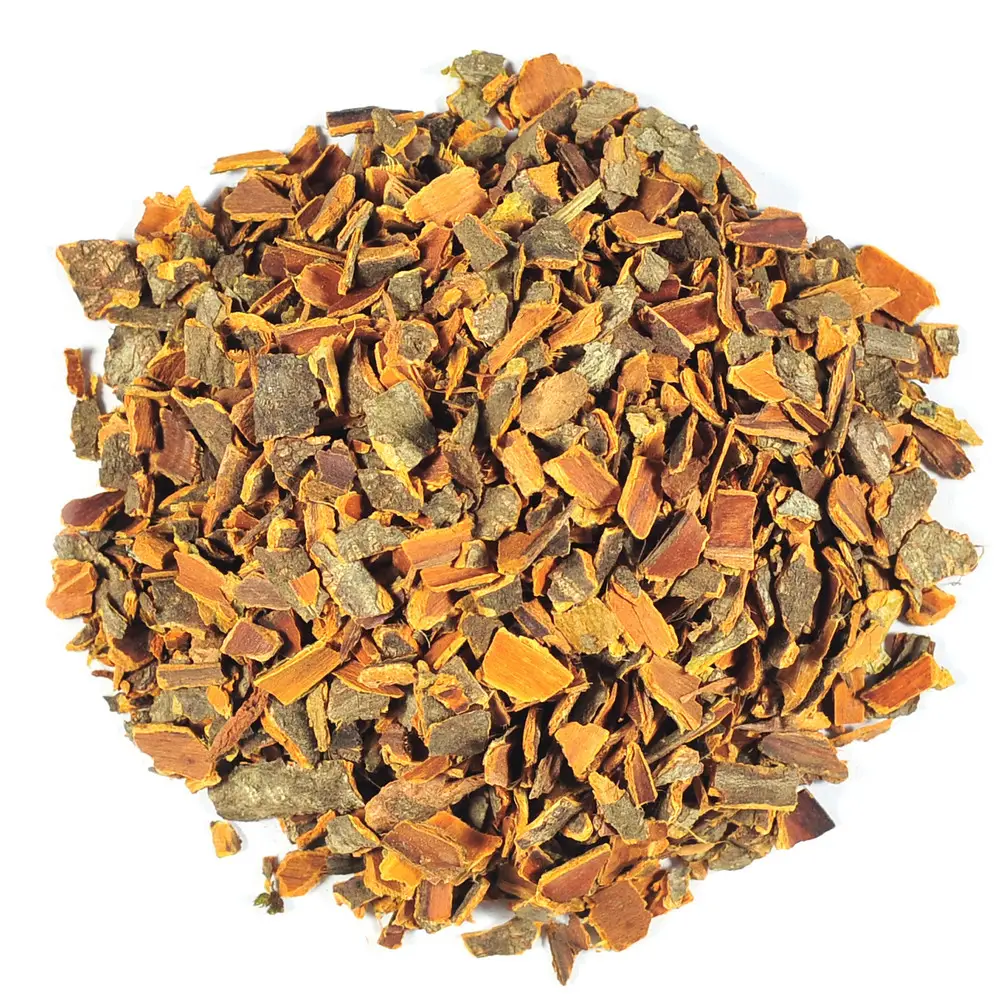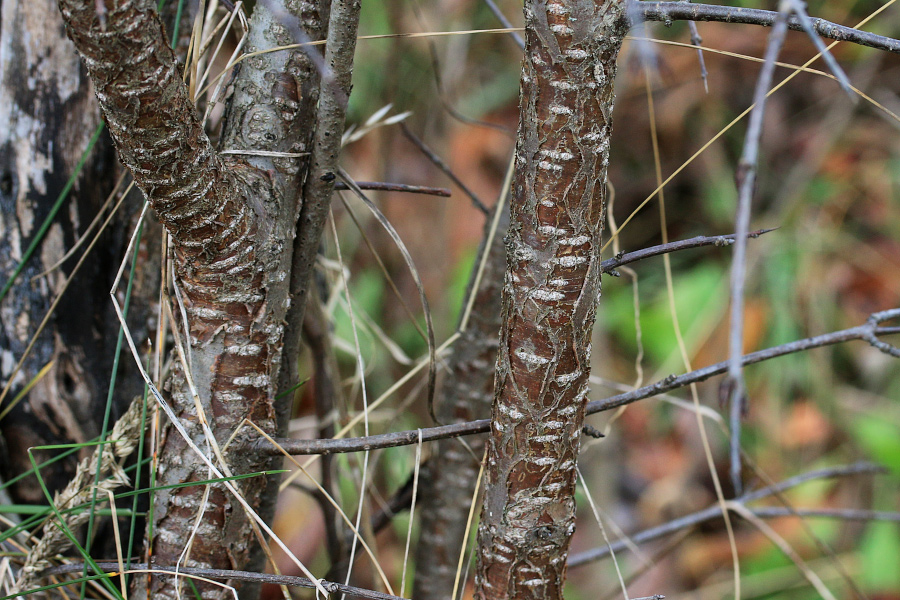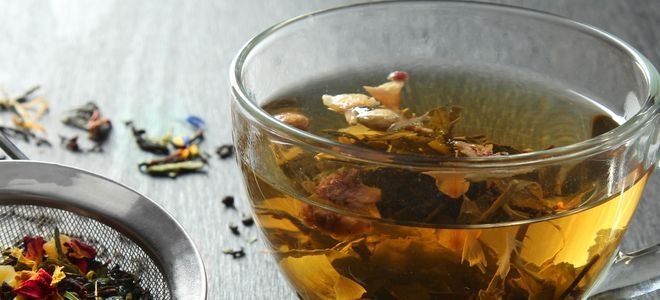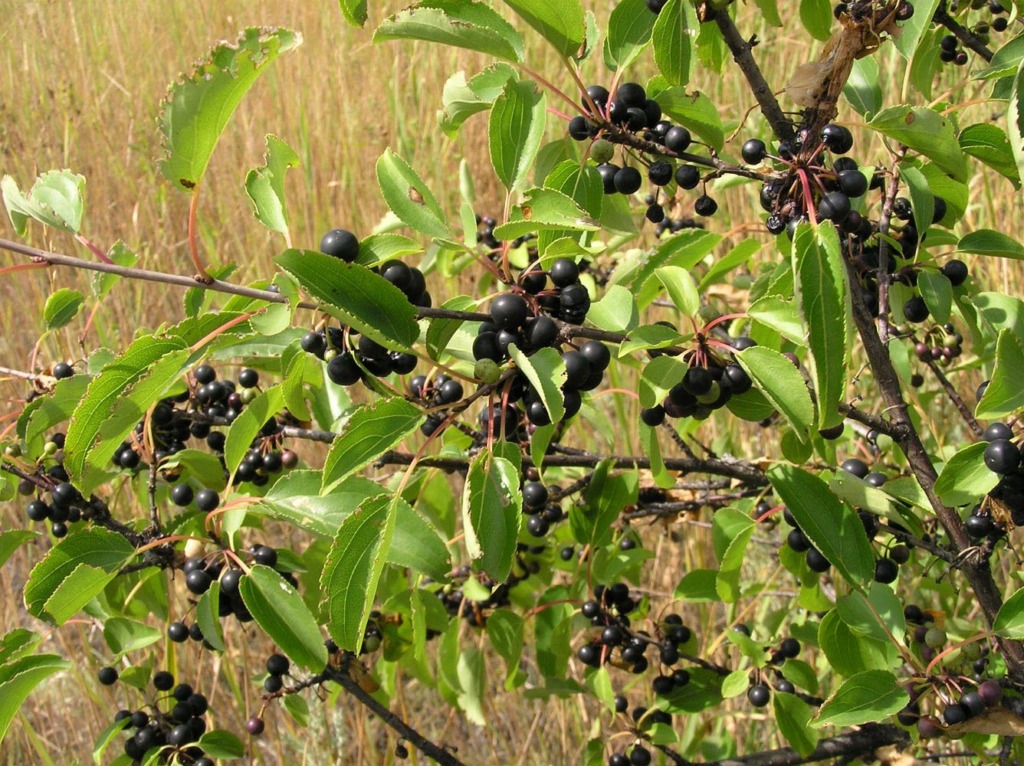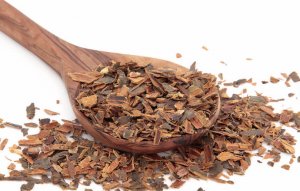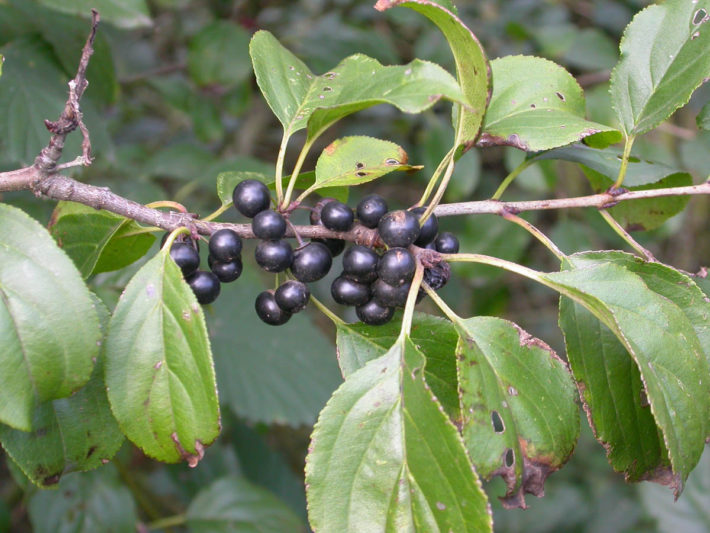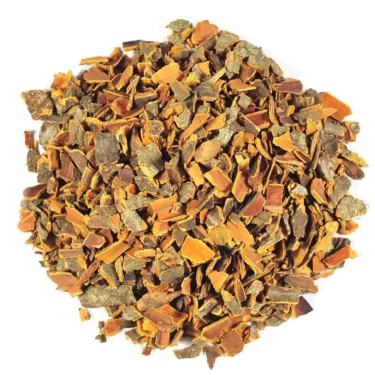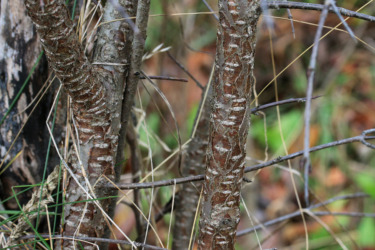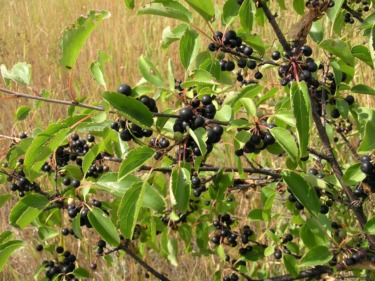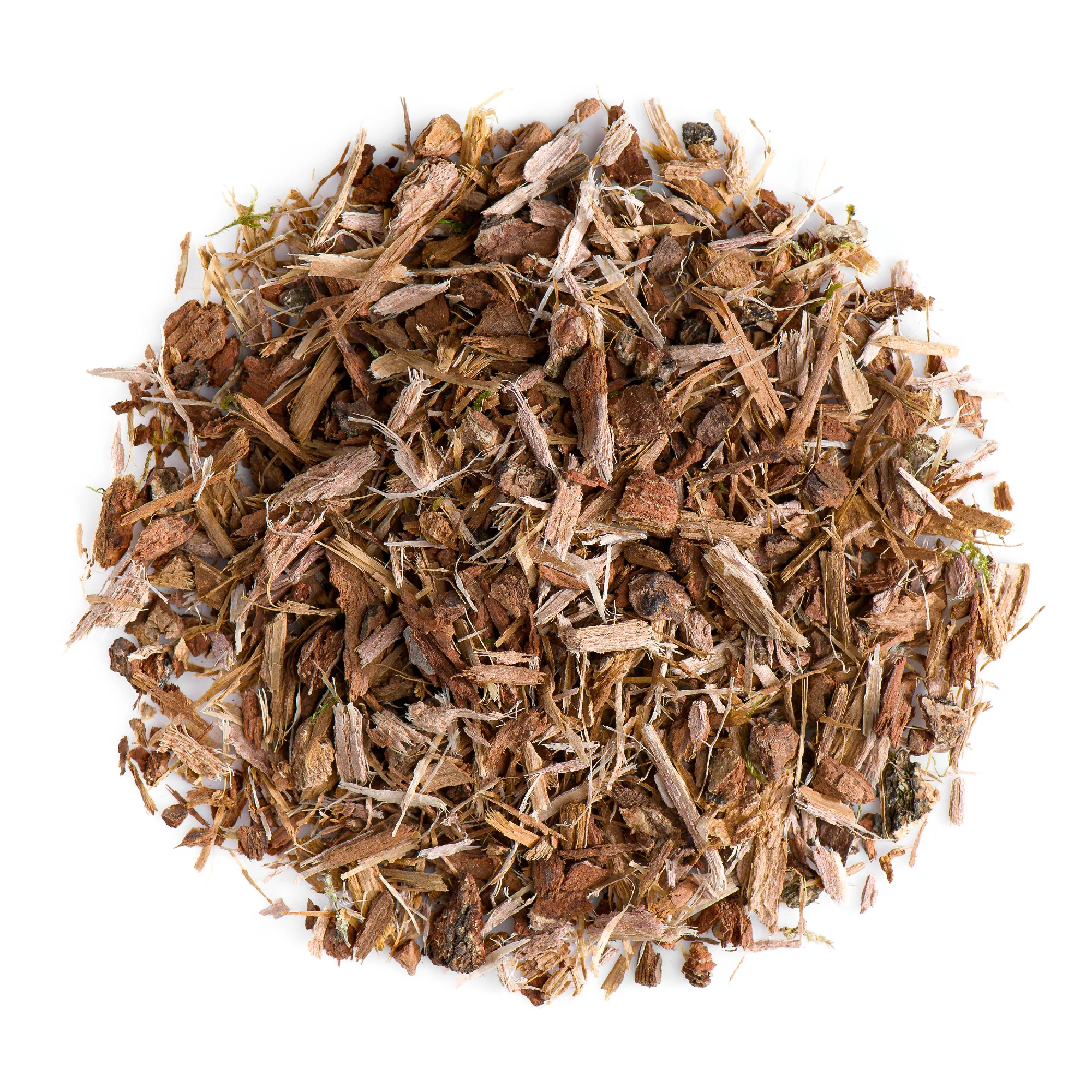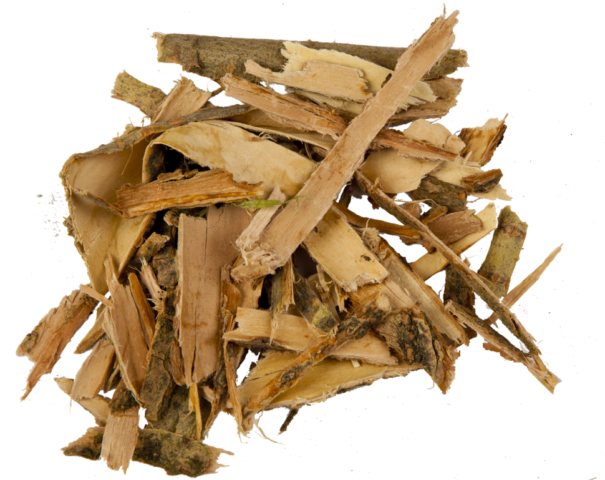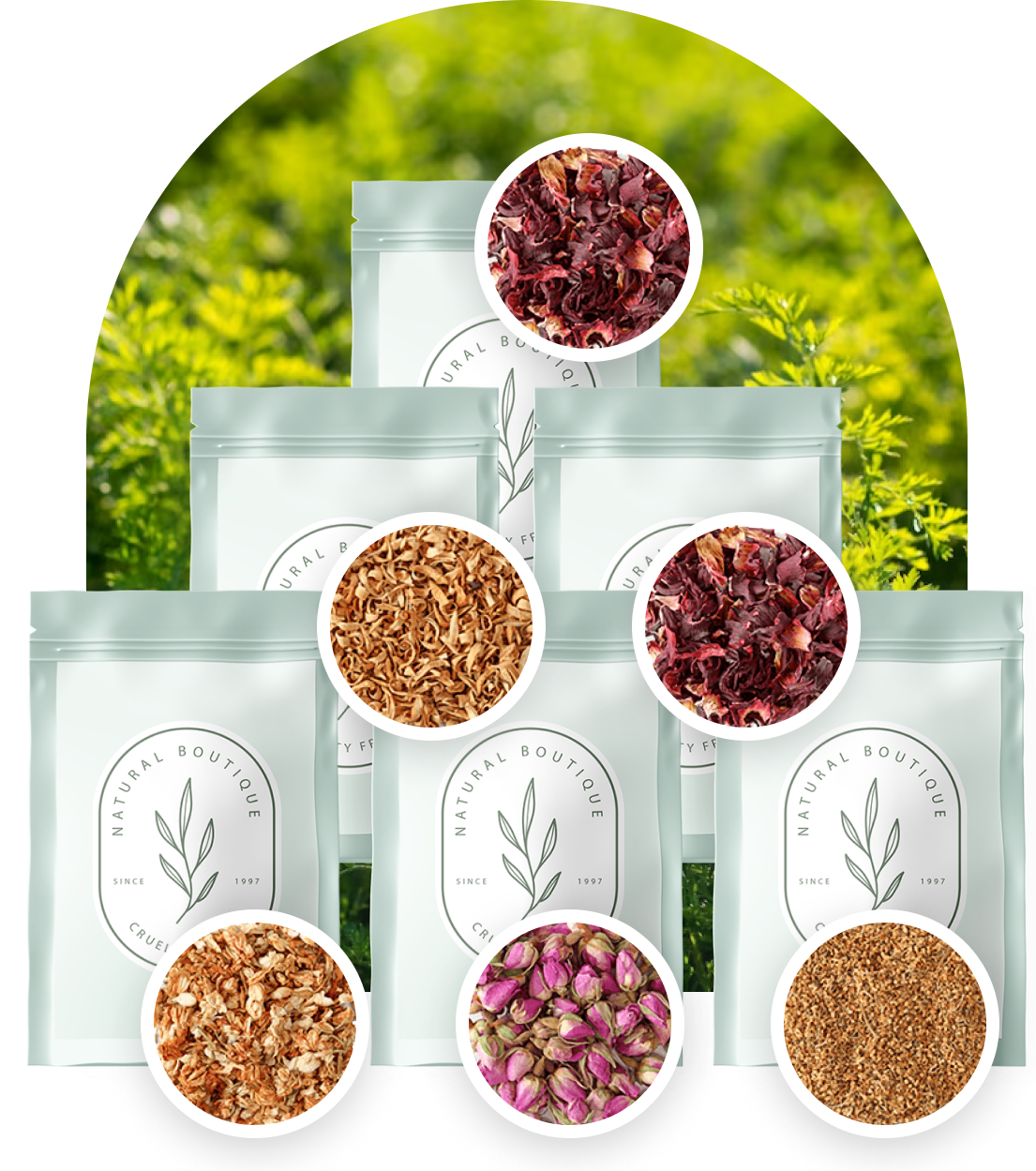Buckthorn bark has a mild and gradual relaxing effect. Its effect on the body begins in the large intestine, where the active substances inhibit the absorption of nutrients and contribute to the dilution of fecal masses. Buckthorn bark increases the volume of intestinal contents and irritates the mucous membranes, which accelerates the release of masses from the body. The laxative effect appears 8-12 hours after taking.
Along with the laxative effect, buckthorn bark has an antiviral, diaphoretic, antispasmodic, antitumor effect, removes salts and sand from the kidneys.
Buckthorn bark is used for spastic colitis and liver diseases. It is also a digestive stimulant. In complex therapy, it is used for the treatment of stomach ulcers, duodenal ulcers, hemorrhoids, and chronic constipation.
Buckthorn bark is used in gynecology. It is used to gently clean the intestines in the postpartum period.
It is used externally in the treatment of furunculosis, scabies, eczema and many other skin diseases accompanied by inflammation. Buckthorn bark is used to eliminate edema. It is used with caution for the prevention of urolithiasis.
Bark is also used as an effective means of combating pink acne. Together with the anti-inflammatory and regenerating effect, buckthorn preparations have a positive effect on skin tone and prevent the formation of wrinkles. Thanks to this, they are used in the production of facial rejuvenation products. Buckthorn bark is also used as a hair dye to obtain a red-brown or dark golden shade.
